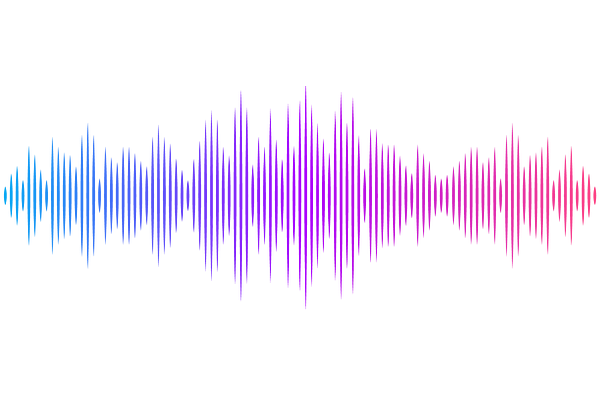Feasibility of improving manufacturability based on protein engineering

Feasibility of improving manufacturability based on protein engineering
Capito, F.; Wong, T. H.; Faust, C.; Brand, K.; Dittrich, W.; Sommerfeld, M.; Langer, T.
AbstractWhile bioactivity and a favorable safety profile for biotherapeutics is of utmost importance, manufacturability is also worth of consideration to ease the manufacturing process. Many biotherapeutics are typically expressed in mammalian cells. Process-related impurities or biological impurities like viruses and host cell proteins (HCP) are present in the harvest which have mostly acid isoelectric points and need to be removed to ensure safety for the patients. Therefore, during molecule design, an isoelectric point of the target molecule should preferably differ sufficiently from the isoelectric points of the impurities to enable an efficient and straightforward purification strategy. In this feasibility study we have evaluated the possibility to improve manufacturability by increasing the isoelectric point of the target protein. We have generated several variants of a GLP1-receptor-agonist-Fc-domain -FGF21 fusion protein and demonstrate that the critical anion exchange chromatography step can be run at high pH values with maximal product recovery theoretically allowing removal of HCP and viruses. Addressing the isoelectric point can be useful for an efficient process for removing HCP and viruses and this topic should be considered early in the research phase to ensure that other important molecule properties, e.g. safety, efficacy and expression yield are not impacted.